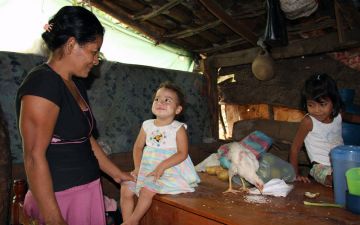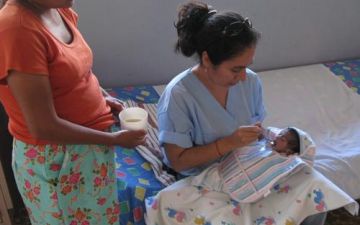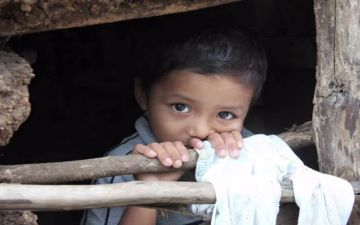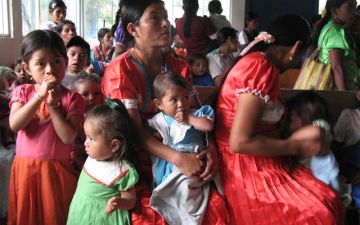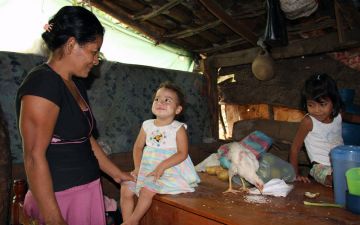Daily Tar Heel features Tracy Boyer's reporting from Honduras
Tracy Boyer, Pulitzer Student FellowFeatured article in the Daily Tar HeelSANTA LUCIA, HONDURAS — Deep in the mountains of southwestern Honduras, Maria Digna Ramos Mendoza spoon-feeds Plumpy’Doz, a peanut-based supplement, to her infant daughter. Four other hungry children watch while either sitting on the dirt floor of their one-room hut or swinging from a hammock. Chickens, dogs and rats roam around the cluttered room, scavenging for their next meal. Read full article And click on the image below to explore an interactive presentation produced by Tracy


Learn more about Tracy's project Honduras: Fighting Malnutrition
View Tracy's other dispatches

